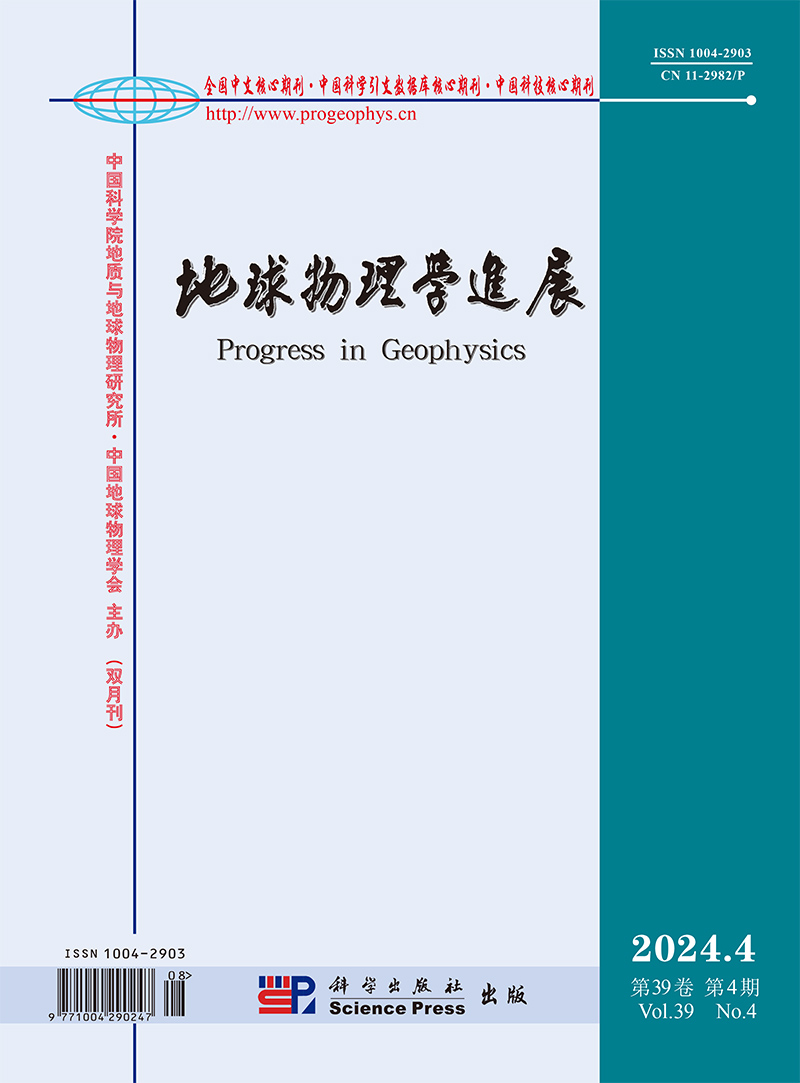ShaoHeng CHUN, FeiFei WANG, RuJun CHEN, RuiJie SHEN, Xin PENG, Chao XU, Hao YIN
As an important component of Transient Electromagnetic (TEM) prospecting, the performance of a TEM transmitter almost determines the effectiveness of this prospecting method. In order to accurately prospect shallow and even very shallow layers using multi-turn small coils, this paper designs an improved TEM transmitter based on SiC MOSFET. SiC MOSFET is a third-generation semiconductor that offers significant improvements in voltage withstanding, current withstanding, heat dissipation, and response speed compared to widely used Si IGBT. The shut-off time, as a critical parameter of the transmitter, essentially determines the degree of coupling between the primary and secondary field signals. To prevent losing information in even very shallow and relatively shallow layers, the transmitter designed in this paper supports switching transmission between large and small currents. When prospecting in even very shallow or relatively shallow layers, a small current of 1.1 A can be selected, with a shut-off time of only 4 μs. When prospecting in shallow layers, a large current of 16.2 A can be selected, with a shut-off time of 35 μs. To provide transmitting current data use for post-processing, this paper designs a current acquisition system that supports dynamic sampling rate to collect the current waveform in the whole time. When the current waveform is in the rising or falling edge area, the acquisition system automatically selects a high sampling rate of 1.8 MSPS for sampling. When the current waveform is in the steady-state area, the acquisition system automatically selects the lowest sampling rate of 50 KSPS for sampling. Tests show that by sampling with dynamic sampling rate, the acquisition accuracy and data volume can be effectively balanced, thereby ensuring the stability of the storage system. In addition, the transmitter board has a small size of only 255 mm×192 mm, and supports 12 V battery power supply, so it has good portability and can improve field prospecting efficiency to a certain extent.
